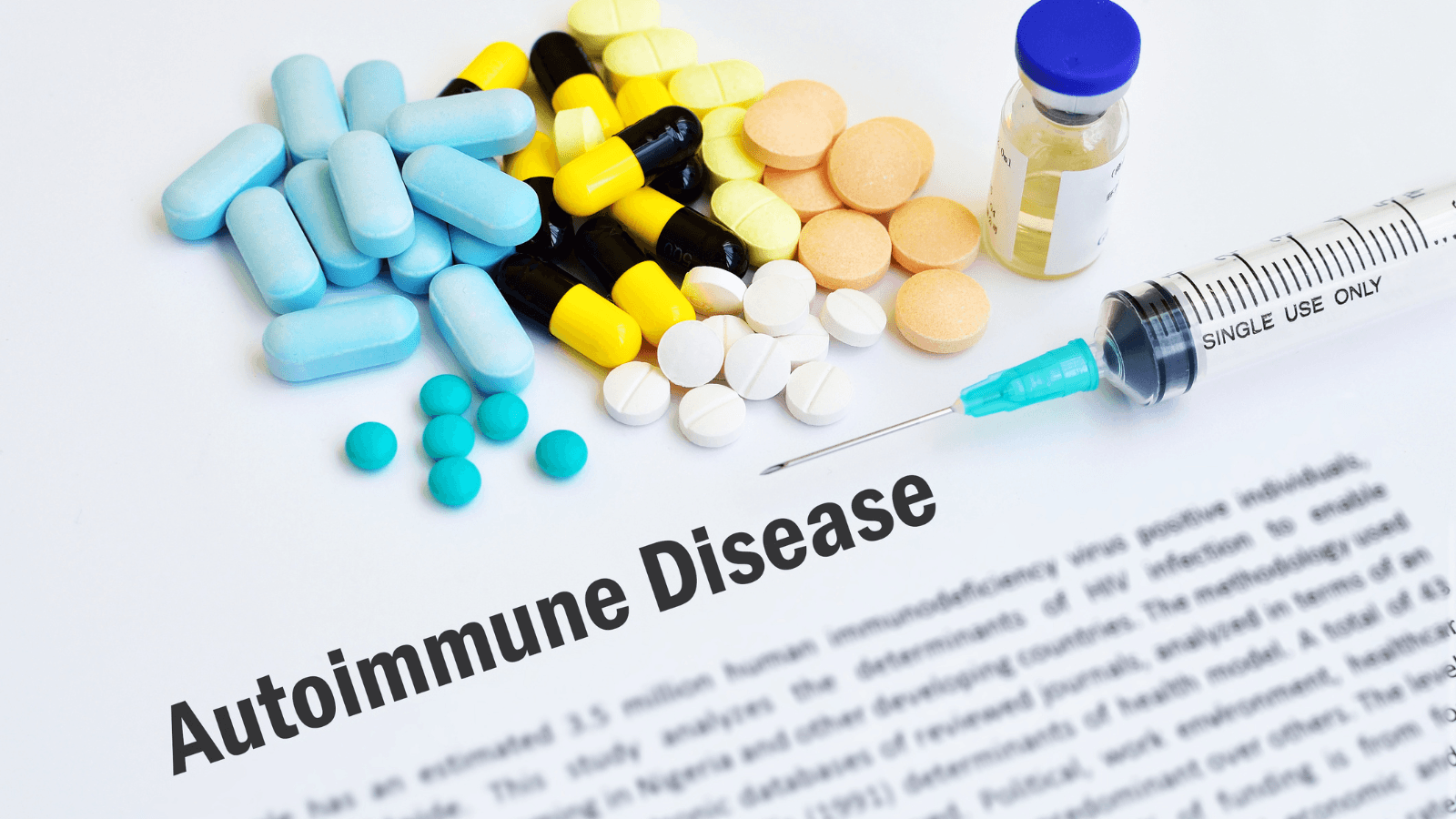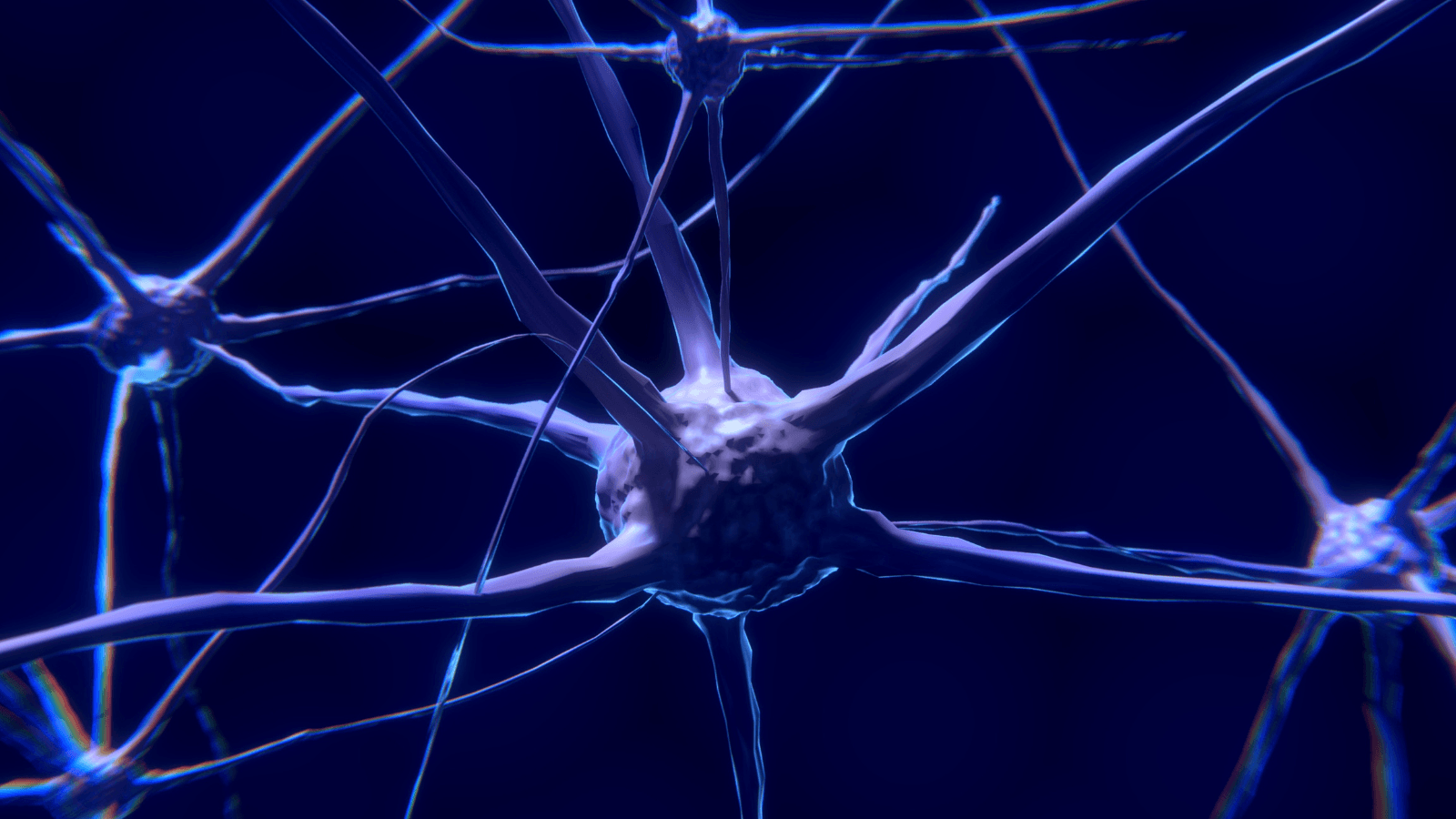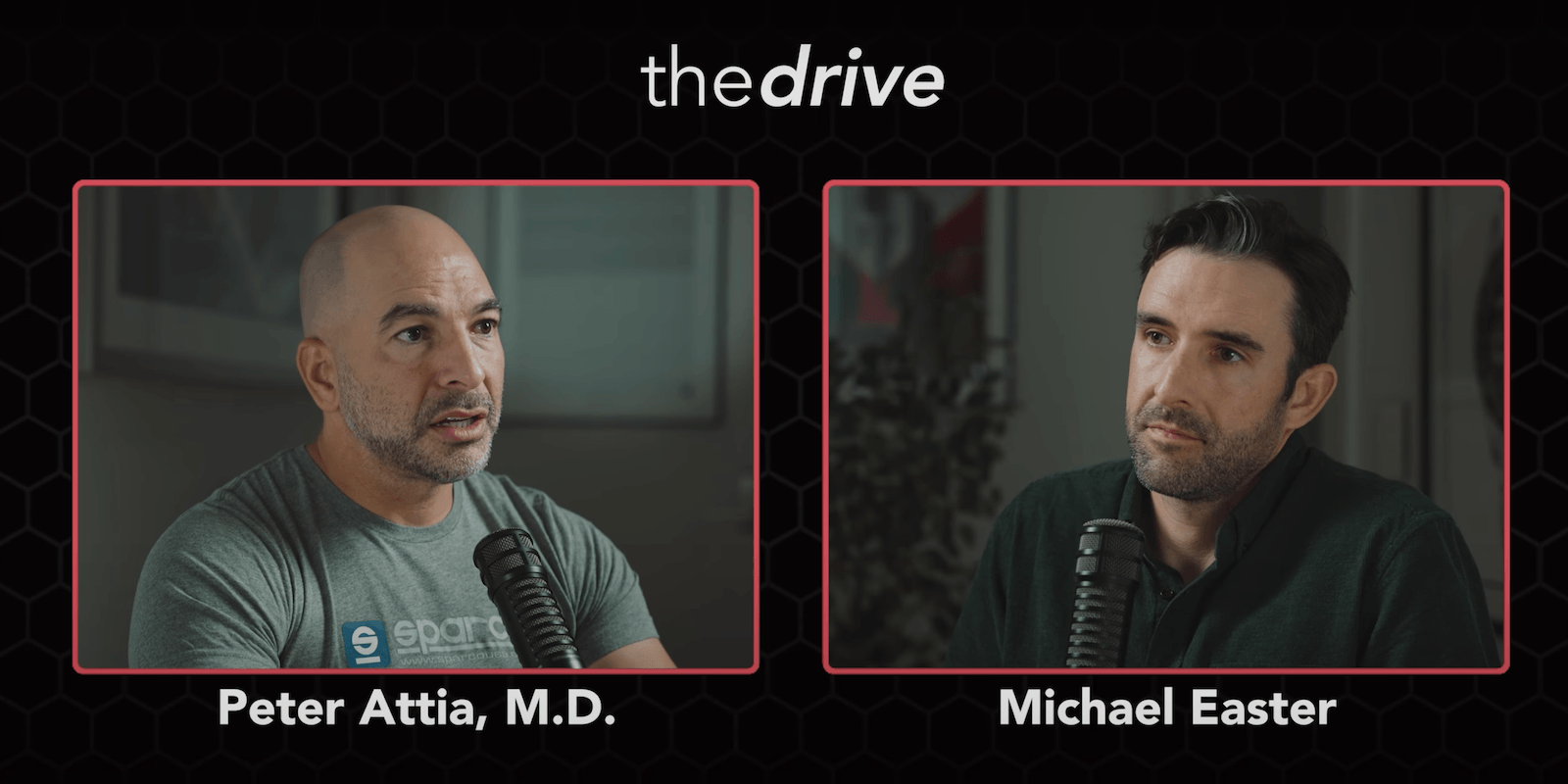Even though it did not make my list as one of the four horsemen of chronic disease, the more than 100 different autoimmune diseases collectively are the third most common chronic disease in the US, affecting 5-8% of the population. Many autoimmune diseases are incredibly rare, but their combined prevalence is in the same range as cancer, except that autoimmune diseases disproportionately affect women, who represent 80% of cases. Unfortunately, there is no cure for autoimmune diseases and many require lifelong medications, often with unpleasant side-effects, for symptom management. While this may seem grim, especially since autoimmune diseases don’t get the same research fundraising and public attention as say breast cancer, some of the tools developed in cancer treatments are also used in the management of autoimmune diseases. In fact, recent developments have demonstrated that a previously-used cancer therapy could “reset” the immune system, offering hope for one particular autoimmune disease, systemic lupus erythematosus (SLE).
What causes SLE?
Autoimmune diseases in general occur when the immune system mistakenly attacks the body’s own healthy cells. Although different types of autoimmune diseases may preferentially attack specific organs through varying mechanisms, many share symptoms, including fatigue, joint pain, skin problems, fever, and digestive issues. SLE is a somewhat rare autoimmune disease (pooled prevalence of 72.8 per 100,000 person-years, ranking it 13th among autoimmune diseases), that causes inflammation and damage to multiple organs, including skin, kidneys, vasculature, lungs, and brain. SLE has a varying response to immunosuppressive treatments and about half of the patients diagnosed with SLE are so debilitated by the disease that they are unable to work.
A proposed cause of SLE-induced inflammation is a reduced ability to clear dead cells through typical anti-inflammatory systems. The increased volume of apoptotic cell contents is instead consumed by antigen-presenting cells. The antigen-presenting cells then initiate the cascade that produces B cells, the source of antibodies, or in this case autoantibodies. Autoantibodies respond and attack their corresponding antigens in the body. The reason why SLE has such widespread effects is that in this case the antigen is double-stranded DNA, a component of most healthy cells in the body. The combination of the loss of immune tolerance to nuclear antigens and an increased antigenic load (since the body still can’t efficiently clear dead cells) leads to B cell hyperactivity and pathogenic levels of autoantibodies. This process begins even before clinical inflammatory symptoms emerge, so a B cell blockade would be an attractive upstream therapeutic treatment.
B cell blockades in cancer treatment
B cell blockades have been successful in treating several blood-based cancers, including specific types of leukemia and lymphomas that arise from aberrant B cells. These treatments extract a patient’s own white blood cells and add a surface receptor for the CD19 antigen producing what is known as chimeric antigen receptor (CAR) T cells. (Listen to this clip from my conversation with Dr. Steve Rosenberg for a more extensive discussion on CAR T cells in cancer treatments.) The CD19 antigen is specific to and expressed by all B cells, so upon reinfusion into the patient, the CAR T cells attack all B cells, leading to years-long remissions in cancer patients.
A similar type of B cell blockade would potentially be beneficial for treating the hyperactivity of B cells seen with SLE. Preclinical SLE mouse models confirmed that anti-CD19 CAR T cells were able to deplete B cells, interrupt autoantibody production, and reverse organ inflammation. After preclinical success, anti-CD19 CAR T cell therapy was used in a small human study with some remarkable results.
What did the study find?
The pilot study used anti-CD19 CAR T-cells as a treatment in five young patients (average age 22; 4 females) diagnosed with SLE. Despite their young age, these patients were severely ill; all patients had multiorgan involvement and were treatment resistant to other immunosuppressant drugs. Autologous T-cells from each patient were altered with an anti-CD19 CAR vector and then proliferated over the next twelve days. Before reinfusion of the CAR T cells, each patient underwent three days of lymphodepletion chemotherapy for three days to facilitate the further proliferation of the CAR T cells. The patients were monitored in the hospital for ten days after infusion.
In response to the anti-CD19 CAR T cell infusions, B cells fully disappeared from circulation by day two and naive B cells did not return until nearly 110 days after infusion. But even despite the reconstitution of B cells, all patients continuously improved signs and symptoms of SLE. The improvement of symptoms despite the return of B cells was attributed to differences in both the surface antigens and immunoglobulins of circulating B cells before and after treatments. This suggests that, at least temporarily, the production of B cells was successfully reset.
Although one patient needed additional treatment for residual low-level proteinuria, a sign of kidney damage, all five patients were able to achieve drug-free remission at three months and remained in remission at the time of publication (5-17 months) from a single anti-CD19 CAR T cell treatment. All patients had reduced levels of serum autoantibodies, indicating that the treatment may lead to more widespread effects that result in the reduction of symptoms.
Minimal side effects occurred in the five studied patients; however, in about 10% of cancer patients, CAR T cell cancer treatments result in cytokine-release syndrome, which requires monitoring and intensive care treatment.
Study limitations
The results of this study are certainly promising, but the results will need to be replicated in a much larger population to fully characterize the results and potential toxicity profile of treating SLE with CAR T cells. Longer follow-ups of patients will be necessary to determine both the durability of remission and the ideal candidate’s demographics. The patients of this study were relatively young, so it is unknown if a patient with more years of accumulated inflammation-induced damage would experience the same level of remission.
Additionally, patient ancestry is known to affect the types of circulating autoantibodies due to differences in gene expression patterns and thus different pathways driving the disease. The response to anti-CD19 CAR T cell therapy may vary with differences in patient ancestry. Finally, much in the same way that CAR T cell therapy has not been successful in solid tumors, it is likely that this type of therapy will only work in diseases like SLE that have early involvement of blood-based cells with highly specific antigens such as B-cells.
The bottom line
By discovering the pathophysiology of rare diseases, researchers have the opportunity to use and build on previous therapies used in other clinical settings. Understanding the progression of disease creates the opportunity to develop therapies that more directly target upstream mechanisms rather than downstream symptom management.
Especially for young adults with SLE, CAR T-cell treatments may be a way to both postpone organ, especially kidney, damage and reduce debilitating symptoms.
For a list of all previous weekly emails, click here.















